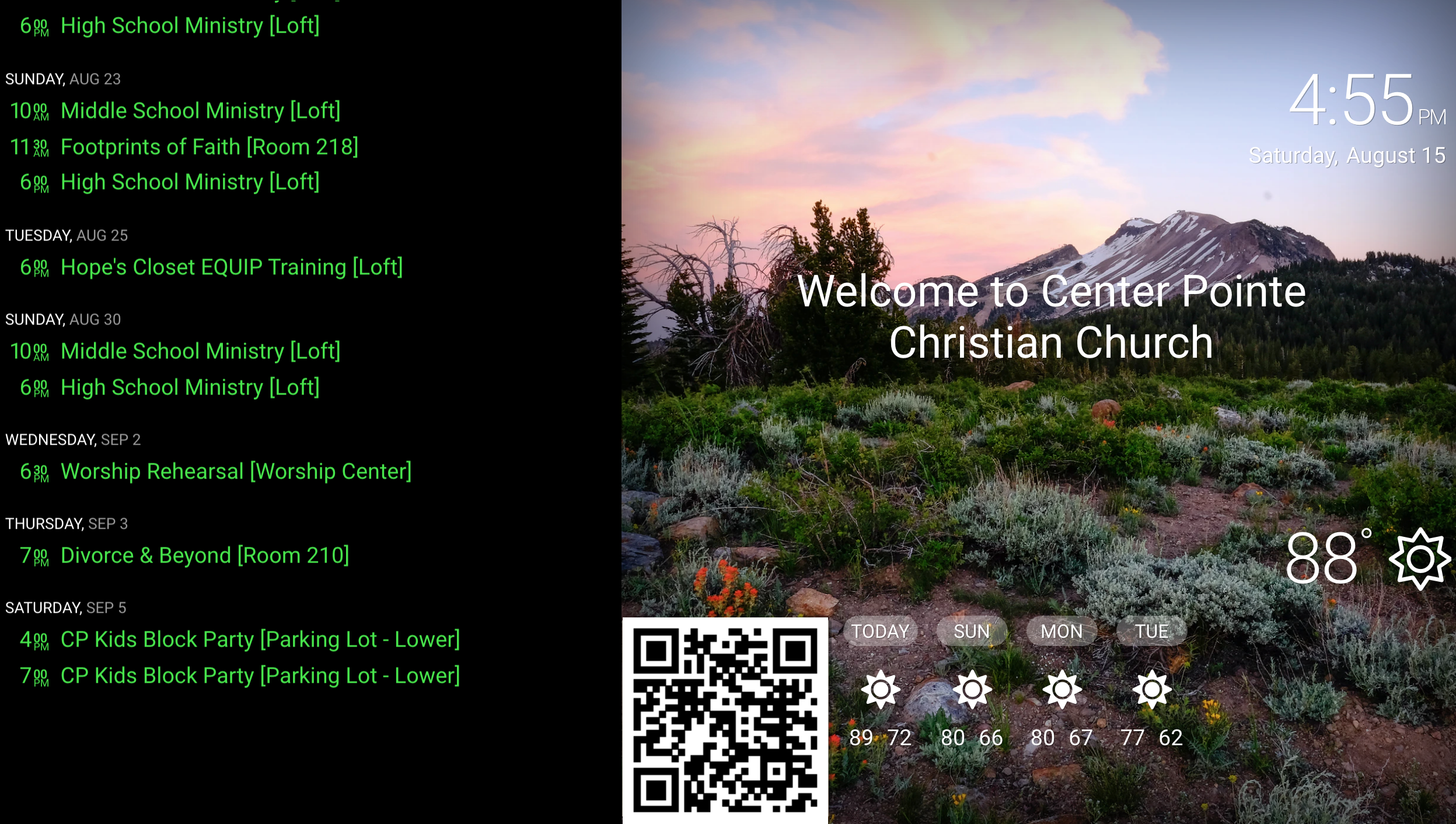
 During COVID-19 — and beyond — an energy management suite (EMS) can do so much: streamline operations, increase control, reduce wear-and-tear, save time, keep people safe, and drive significant savings.
During COVID-19 — and beyond — an energy management suite (EMS) can do so much: streamline operations, increase control, reduce wear-and-tear, save time, keep people safe, and drive significant savings.

CEO
InThrMa
Many churches are working and worshipping remotely and operating on a limited schedule. How are they managing their campuses’ HVAC / temperature control?
Sam Boutros: We talk to churches every day, and it runs the gamut from low-tech to high-tech. It’s not uncommon for churches to add or renovate buildings and, as a result, have several different control systems — from different decades — at the same campus. This creates inefficiencies in labor, equipment wear-and-tear, comfort and, of course, on the dreaded utility bills.
How can an energy management suite (EMS) help?
Boutros: An EMS can help a church adapt seamlessly to an ever-changing schedule. The pandemic has thrown weekly operations into disarray. Having an events calendar-driven HVAC system with remote oversight delivers the assurance that the church facility will operate efficiently.
Second, an EMS eliminates the need for in-person programming and / or touching thermostats; programming is handled automatically.
Third, during these potentially leaner times, church leaders can know HVAC systems aren’t running needlessly.
Finally, HVAC systems equipped with outside air economizers can introduce more outside fresh air into the church to help lessen stale indoor air — all tracked and managed via the cloud.
How long does an EMS take to install?
Boutros: It varies depending on a church’s size and existing HVAC setup. Our projects have three phases:
1) Updating the controls (thermostats): This ranges from a couple of days when it’s a plug-and-play endeavor and is well-suited to the facilities team or a volunteer brigade. However, if a church has zoning, economizers, or more complex systems — a week or more and in those instances we recommend consulting with a local HVAC service firm for the controls migration.
The rest of the work is done via the web from the comfort of your (remote) office.
2) Connecting your church calendar system to our EMS: This involves mapping the facilities and getting things set up and usually takes about a day. This work is done with either or both the facilities team and the ChMS owner (sometimes one person wearing several hats).
3) Fine-tuning the system: a gradual process done over a few weeks to ensure optimal performance, optimal comfort, and fine-tuned operations.

What are the potential cost savings with an EMS in place?
Boutros: With so many complex variables at play, no one can offer a meaningful answer to this question without a comprehensive engineering analysis of a church’s facilities.
In aggregate, however, meaningful savings will be achieved across the following categories:
Labor — less running around; less driving in to set, reset and fiddle with thermostats
Wear-and tear — by not running your system when you don’t need to
kWh (and BTU) / spend — the obvious reduction in utilities spend = lower utility bills; also, most utility companies offer incentive programs for intelligent control systems

Further efficiencies include:
More comfort — fewer complaints about it being too cold or too hot
More oversight — 24x7 monitoring and 24x7 access to all systems, from any browser
More control — The ability to fine-tune
More insight — With 24x7 monitoring, our EMS “learns” how a church’s HVAC systems operate and helps the church focus its maintenance and cap ex resources wisely
Your company also offers a digital signage platform. For a church leader, the “link” between that and EMS might not be clear. How are they connected?
Boutros: We optimize a church’s HVAC system based on its events calendar. We use that same events data to inform the church community about what’s going on, and where, via our digital signage — whether it’s our large-format welcome signage at key entrances, or at the room level with digital room signage.
Going the other direction (from signage, to the cloud, to the HVAC system), our digital room signage allows users to book rooms and request HVAC at the room level, securely and with logging.
Why have “no-touch” room controls become so important?
Boutros: No-touch means fewer surfaces where we might encounter germs, whether we’re talking about public enemy No. 1 (Coronavirus) or post-pandemic, with flu and cold season. Being able to manage HVAC systems and book rooms via digital tools from our own mobile devices helps to limit touchpoints.
Your digital signage uses QR codes. Why?
Boutros: Our digital signage includes room-specific QR codes. When a QR code is scanned using any mobile phone, the user gets a mobile web portal for that room — quick access to its schedule, a church map (with “you are here” flashing), room-reservation / HVAC activation commands, contact info for the facilities team, creation of a ‘trouble ticket’ and more. Codes are customized for each church and integrated with backend systems as needed.
How else can your digital signage help churches manage their campuses during COVID?
Boutros: Our welcome signage is easy to use, visually engaging, helps direct people to where they want to go, and — in this day and age — reminds people about the latest COVID-era protocols your church has implemented.
Our room signage eliminates the need for printing and
hanging placards.
Finally, our welcome signage platform is used for Sunday school — no computers to buy, support, sanitize, upgrade or maintain. Any HDMI-capable display in the classroom becomes your teaching tool with slides, video, or any other creative educational content.
— Reporting by RaeAnn Slaybaugh



Can you contact me by email. I am searching for a company that supply an ems for HVAC only